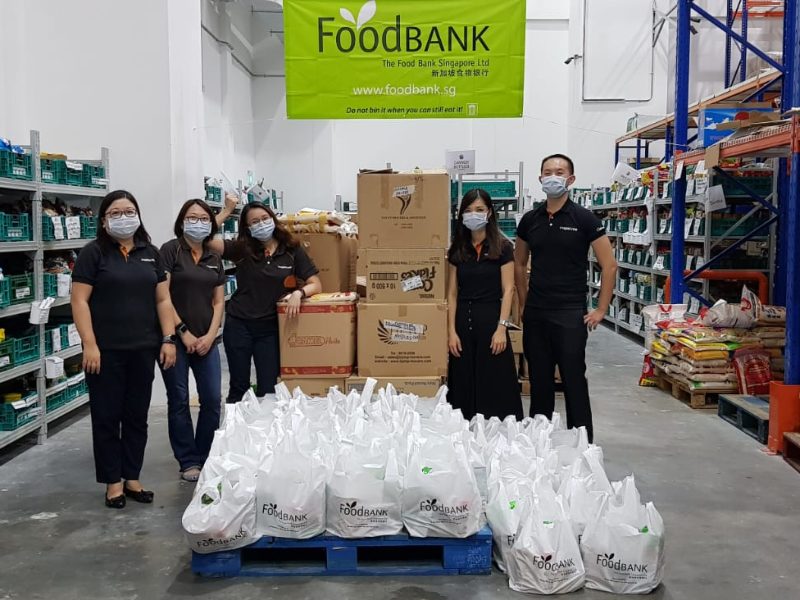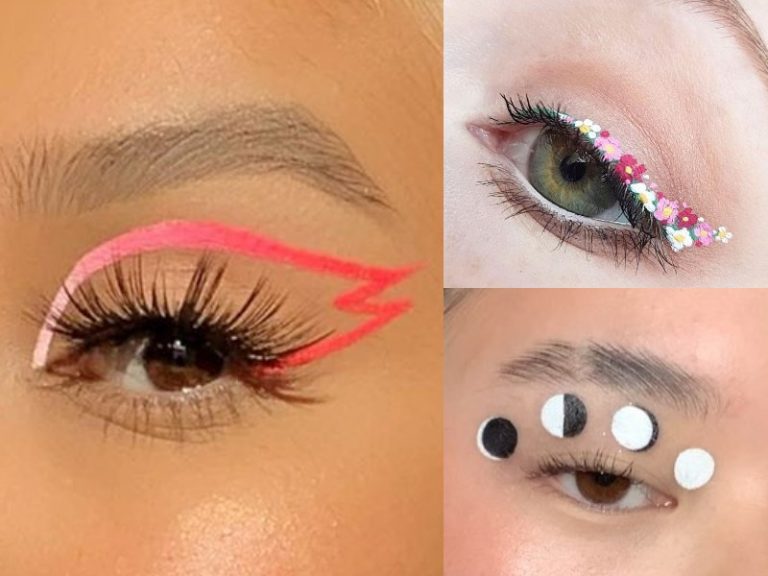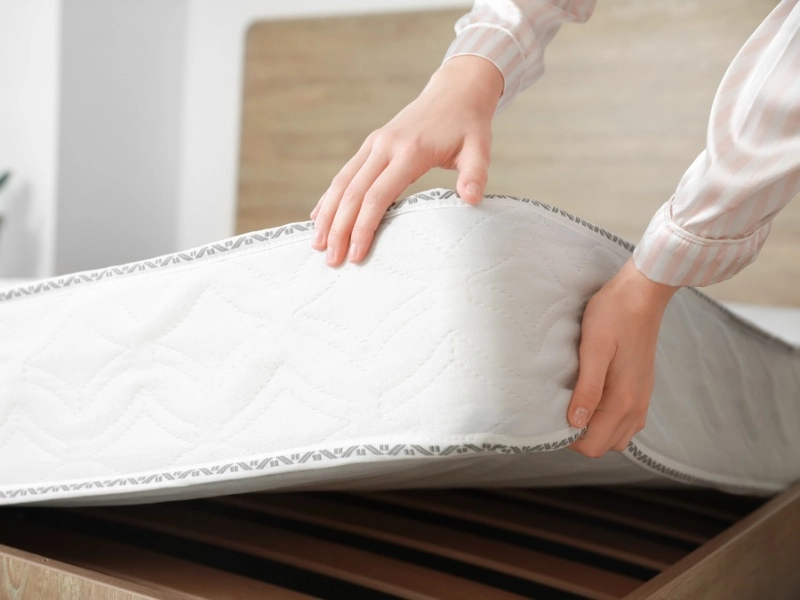Jello, sand, rice and toddlers — a mess? Definitely not! In fact, it’s an opportunity for sensory play! But what is sensory play? Sensory play involves activities that stimulate your child’s five senses — sight, taste, sound, touch, and smell. Although it leaves your house in a mess, sensory activities for toddlers is one of the best ways to let your young ones explore the concept of free play.
Our Recommendations
Benefits of sensory play in Singapore
From grabbing to tugging, sensory activities improve your toddler’s senses and fine and gross motor skills. Using multiple senses to complete a task enables the retention of more information. This helps in brain development and brings out the creativity in your child while preparing them to complete complex learning tasks.
When’s the right time to start kids on sensory play? The brain develops rapidly between zero and 18 months. Hence, it is recommended that children as young as four months old are introduced to sensory play.
Easy indoor sensory activities for toddlers
1. Kitchen Whisk Sensory Activity (6 months and above)

A kitchen whisk can be easily turned into a fun sensory activity that helps develop your baby’s fine motor skills like gripping, pulling and dropping. As babies primarily use their hands to explore, this is definitely an interactive and fun way to build their fine motor skills.
You will need:
- 1 Silicone whisk
- Kitchen sponges (cut up in medium-sized pieces)
- 1 Bowl
How to:
Cut up a kitchen sponge into pieces and weave them through a silicone whisk (available on topfire). Let your toddler pull out the pieces of sponge from the whisk and transfer them into a small bowl (available on Elite Home Store). As your baby works on taking the pieces out of the whisk, they’ll be using their fine motor hand coordination skills like tugging and transferring while exploring the different textures of the sponge. With older kids, you can ask your child to count the number of pieces of sponge and get them to practice their numbers. Try to use a silicone whisk as compared to a metal whisk as it’s bendable and easier for your little one to pull the sponges out!
Pro tip: Apart from using kitchen sponges, you can also use other household items such as baby socks or building blocks (available on SHINY-SHOP.sg)!
2. Sensory Smell Jars (6 months and above)
Let your child explore their sense of smell by sniffing different ingredients! Different scents bring about different reactions in your child, so don’t be afraid to try a blend of various combinations. Helping your child explore their olfactory functions will also help them find out what scents they like and dislike.
You will need:
- 4 Foods with varying smells (rosemary, mint, vanilla pods, durian etc.)
- 4 Plastic cups
- 1 Skewer
- 4 Rubber band
- 4 Pieces of paper
How to:
Place each ingredient into separate plastic cups (available oninfinijun.sg). Cover the cups with paper and tie the paper firmly with elastic bands. Poke a few holes on the top of the paper with skewers (available on newbaby11.sg) and let your child sniff away! To train your toddler’s communication skills, you can encourage them to share which scents they liked and disliked.
Pro tips: Chop or grate the ingredients so that a stronger fragrance is released! Avoid powdery substances as they can be inhaled by your child.
3. Ice Discovery Sensory Play (12 months and above)
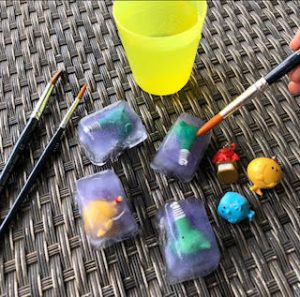
Free the trapped figurines and release them from captivity! Stimulate your child’s sense of touch and let them uncover what’s hidden in the ice cubes. This sensory activity for toddlers will keep your child occupied for a long time — perfect for when you are struggling to engage them with new activities at home.
You will need:
- 1 Paintbrush
- 1 Cup
- Water to fill the cup
- 1 Ice cube tray
- 5 Animal figurines
- 1 Play box
- A few drops of food colouring (optional)
How to:
Place mini animal figurines (available on lucamon.sg) into an ice cube tray. Fill the tray with water. To make it visually attractive for your child, add food colouring (available on Sapixirs) to the water. Then pop the ice tray into the freezer till the water freezes. When your child is ready for the activity, fill plastic cups with lukewarm water. Guide them to dip the paintbrushes (available on NEST LIFE 1) into lukewarm water and paint over the ice cubes. This will melt the ice and release the trapped figurines. This sensory activity for toddlers is one way to let your child discover ice and stimulate their sense of touch. How does the ice feel on your hands? Does it hurt if you hold the ice for too long? — Asking your child these questions will teach them to use descriptive words to explain how they feel. For older kids, this sensory activity can be doubled as a science experiment to teach them the concept of melting and freezing. To minimise mess, conduct this activity in a play box (available on luckygirl.sg) for easy cleanup!
4. Sensory Sand Play (12 Months And Above)
http://www.instagram.com/p/B_fprB_FWXb/
Sensory sand play promotes freedom and creativity! From scooping to molding the sand, your toddler will explore with their hands and dig into imaginary play. As your child explores the sand pit and assembles different objects, they’ll also experience sensory attributes like rough, smooth, runny and squishy. Introduce these new words and enhance their language skills too!
You will need:
- 1 Play box / Sensory Bin
- 1 Packet of kinetic sand
- Tools
- Toys (Construction Cars, Farm Animals, etc.)
How to:
Pour kinetic sand (available on every_little_gift) into a play box. Fill your play box with different baby toys or household items that would allow your child to create play scenarios! Is your child an animal lover? They’ll adore farm animal figurines (available on Happy Paradise) to create barnyards. If your child is fascinated by construction, they’ll love construction vehicles (available on kidzstore) where they can dig and create construction sites. By building and constructing different structures, your little ones are strengthening their hand muscles too!
5. ABC Jello Sensory Play (18 months And Above)

Jello is not only delicious for children, but it can also be turned into a fun sensory activity for toddlers too. On top of exploring sensory attributes such as stickiness, they can also learn their ABCs! This wiggly jiggly fun activity integrates both sensory learning and literacy skills during play.
You will need:
- 1 Box of jelly
- Plastic alphabet letters
- Play box / Sensory bin
How to:
This sensory activity for toddlers will require you to prepare jelly (available on Renhui Enterprise Sdn. Bhd.) in a bowl. Once the jelly crystals are dissolved, mix in plastic alphabet letters (available on furong.sg) and leave the jelly to set overnight. When ready, pour the Jello into a large sensory bin or play box! How does the jelly feel? How can you get the alphabets out? Do you want to dig for the alphabets with your hands or use a scoop? — You can prompt your child with these questions and observe how they choose to get the alphabets out! Looking for other creative ways to use Jello sensory play for learning? Use animal figurines to teach different animals to your toddler. If you’re introducing numbers to your child, substitute alphabet letters with number molds (available on Starry sky.sg) instead. Jello sensory play is slightly messy but a fun way to learn and play!
6. Rainbow Rice Sensory Play (18 Months And Above)
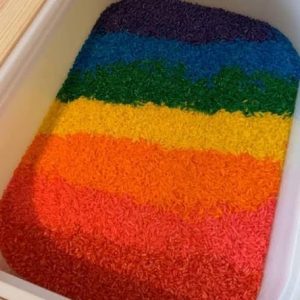
Looking for an easy-to-setup sensory activity for your toddler to try? A rainbow rice sensory bin is an exciting way for your child to explore colours! On top of stimulating their visual sense, scooping the rice also stimulates their tactile sense. The incredibly soothing texture and captivating fun colours will keep your toddler entertained and busy for hours!
You will need:
- 1 Packet of rainbow rice
- 1 Scoop
- 2 Small bowls
- 1 Ice cube tray
- 1 Play box
How to:
Pour colourful rainbow rice (available on Kays Kube (ks)^3) into a play box. Place wooden scoops (available on eetmo.sg), small bowls and an ice cube tray (available on hotbrand.sg) into the play box. Let your child scoop the rice from the play box into the small bowls and ice cube tray! This encourages hand-eye coordination as well as fine motor skills like scooping and balance.
7. Shadow Puppets Play (24 months and above)
Switch off your lights and let your child explore shadows and train their sense of sight. This sensory activity for toddlers is not only a great way to promote sensory development but also captures their attention and sparks their creativity!
You will need:
- 1 Flashlight
- White wall
How to:
Start by switching off the lights in your room. Turn on your flashlight (available on Volemer 3C) and make a shadow puppet of your child’s favourite animal on the wall! You can also teach your child the concept of light by moving the flashlight to see what happens to the shadow puppet. Move your shadow puppet towards the light, what happens? Move the flashlight to the side of the shadow puppet, what happens to the shadow? — these are a few things that you can ask your child to observe and talk about! Does your child love storytime? Conduct a puppet show and re-create stories from popular children’s books using the shadows!
Facilitate exploration for your toddlers with sensory play in Singapore
Take simple objects that you have in your house and create many hands-on fun learning opportunities and sensory activities for your toddlers! With sensory activities, you can keep your toddler busy while allowing them to learn and develop cognitive skills. Strapped for time? Buy sensory toys for simple sensory play in Singapore instead!
Looking for other educational indoor activities to entertain your toddlers? Check out our list of the best children’s books that will take your child into a world of imagination. With Father’s Day just around the corner, let your child express their creativity with easy father’s day card ideas! Don’t stop there — Engage your toddler with other easy arts and crafts they can do any time!
New to Shopee? Get $7 off (min. spend $15) with code*: TODDLERSG
* TNC Applies. Valid for new users from 17 to 24 June 2020 only.

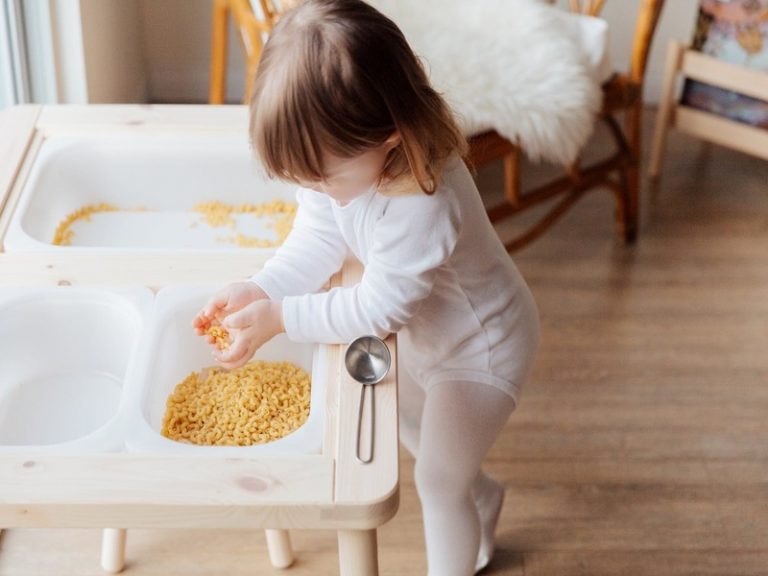





















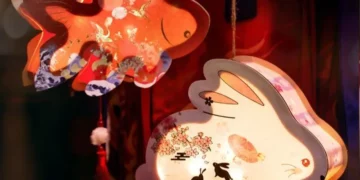

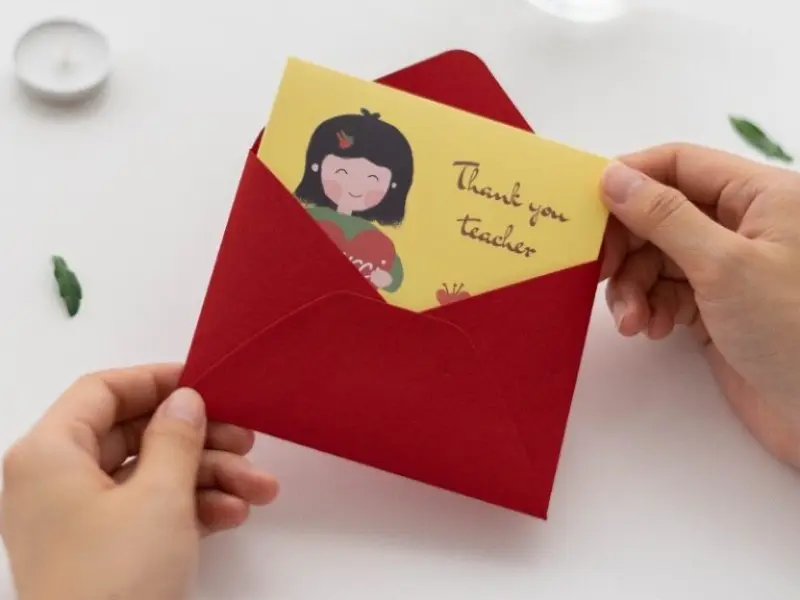

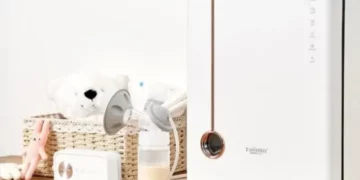
![best diaper bag singapore [featured]](https://shopee.sg/blog/wp-content/uploads/2023/06/best-diaper-bag-singapore-featured-1.webp)
